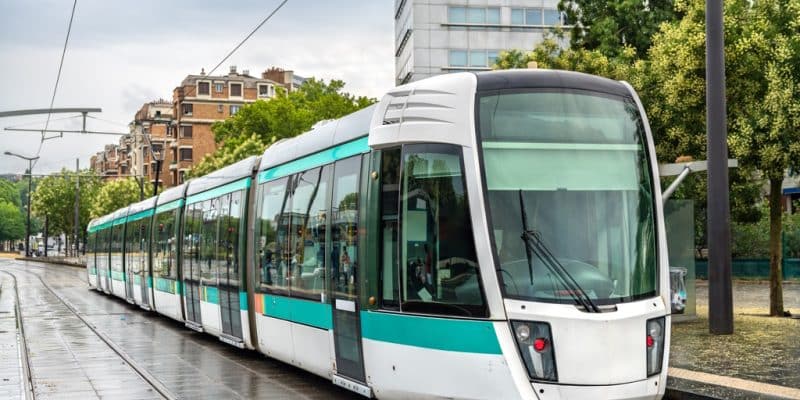In Angola, the city of Luanda will soon have its first tramway line. The project is now just waiting for the partnership between the Angolan government and the German firm Siemens to become official.
Angola wants to adapt its demographic growth with environmentally-friendly public transport infrastructure. As a first step, the Angolan government plans to equip the capital Luanda, currently home to 9.2 million people, with a tramway. The Luanda Light Railway project is currently being negotiated with the German engineering group Siemens via its subsidiary Siemens Mobility.
At a cost of €1.3 billion, co-financed by the Angolan Ministry of Finance and the private sector, the first 39 km double-track line is known as the “Yellow Line”. It will link the port area of Luanda to the town of Kilamba, which was created in 2008. If the contract is signed, Siemens Mobility will be responsible for supplying “68 four-car light vehicles”.
The company, based in Munich in southern Germany, will also be responsible for implementing the signalling, telecommunications and traction power supply systems for a total length of 149 kilometres, as well as the traffic control system for the future Luanda tramway. The initiative will be the first of its kind in this Central African country, where people are accustomed to using buses and taxis to get around on a daily basis.
Read also-
These new tracks will be added to the African tramway network spread across 15 cities on the continent, including Casablanca and Rabat-Salé in Morocco, which have six operational lines with a total of 156 stations. But it is Algeria that has the largest number of stations (173) in North Africa, with seven tramways in the cities of Algiers, Constantine, Oran and Sétif, among others. East Africa, meanwhile, has been consolidating its position since 2015, with the Addis Ababa tramway serving up to 120,000 passengers in the Ethiopian capital.
Benoit-Ivan Wansi







